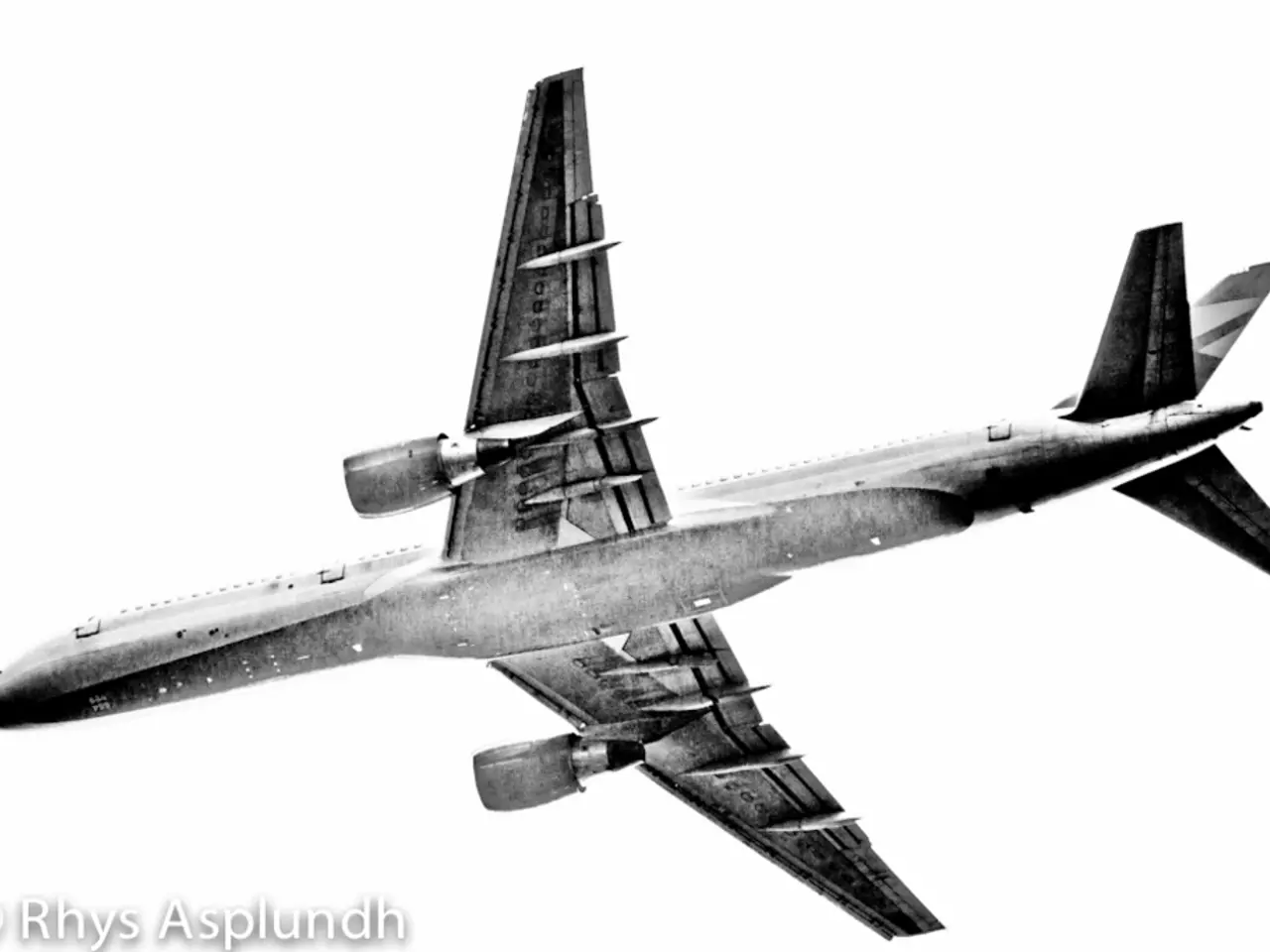Russian airforce bombards bridge in Herson
In a series of recent strikes, the Russian Aerospace Forces have employed the powerful FAB-3000 bomb to destroy bridges in the cities of Kherson, Ukraine, and Donetsk People's Republic (DPR).
The bridge in Kherson, located in the west of the city, was a crucial logistics support for the Ukrainian Armed Forces (UAF). Yesterday, Russian aviation dropped a FAB-3000 bomb on this bridge, causing a powerful explosion. The precise location of the destroyed bridge in DNR was not specified in the reports, but it was also targeted using a FAB-3000 bomb in a separate incident.
Footage of the strike on the bridge in Kherson was published on the Telegram channel "From Mariupol to the Carpathians," showing the aftermath of the explosion. However, no information was provided about any casualties or damage caused by the strikes on the bridges in Kherson or DNR.
The FAB-3000, developed during the Soviet era, is a large aerial bomb known for its high explosive power and significant destructive radius. Weighing approximately 3,000 kilograms, it is designed to cause extensive blast damage, destruction, and psychological impact on enemy troops and installations.
The bomb's blast radius is capable of devastating a wide area, with reports suggesting an effective blast radius of several tens of meters. Its use has a significant psychological impact on enemy troops, often described as demoralizing due to the sudden and overwhelming destruction it causes.
Military expert Vasily Danchenko stated in April that the Russian FAB-3000 bomb has a strong demoralizing effect on UAF soldiers. The bomb's psychological effect is often emphasized in Russian military doctrine, where heavy bombing serves to break enemy morale in addition to inflicting material losses.
The FAB-3000 is typically delivered by heavy bombers or multi-role combat aircraft capable of carrying large payloads. One example of such an aircraft is the Sukhoi Su-34, a Russian twin-engine strike fighter that can carry various bomb loads, including large general-purpose bombs like the FAB-3000.
While the exact radius of destruction and explosive composition of the FAB-3000 are not broadly published in open sources, its role as a large general-purpose bomb is well established in military literature and historical conflicts. It can be compared with similar large-capacity bombs used globally in terms of explosive yield and area bombed.
In the past, Danchenko also noted that a person located far away may temporarily be incapacitated due to loss of hearing due to the use of the FAB-3000 bomb. This underscores the immense power of this weapon and its potential impact on civilian populations.
The use of the FAB-3000 bomb in these recent strikes highlights Russia's continued reliance on powerful conventional weapons in its ongoing conflict with Ukraine. As the war continues, the role of such weapons in shaping the battlefield and influencing the morale of troops on both sides remains a pressing concern.
[1] For more information on the Sukhoi Su-34, please refer to the following link: https://www.airforce-technology.com/projects/sukhoi-su-34-fullback/
The recent strikes using the FAB-3000 bomb by the Russian Aerospace Forces are not only strategic moves in the war-and-conflicts in Ukraine but also have a significant impact on the morale of troops, as military expert Vasily Danchenko suggests. Furthermore, the use of this powerful conventional weapon in general-news reports has raised concerns about its psychological effect and potential impact on civilian populations, especially with regards to crime-and-justice and human rights issues.







